

By John Helmer, Moscow
@bears_with
For every one of President Donald Trump’s eight, nine or ten peacemaking moves, as he counts them, there has been a warmaking move. The first series are turning into propaganda fakes; the second series are turning into political and military failures.
Listen to the new podcast with Nima Alkhorshid as we spell out this three-stage strategy from the coast of Venezuela to the shores of Lake Ontario, Canada, to the battlefield of the Ukraine and the battlements of the Kremlin Wall.
The first stage is the Trump threat which combines his “kill them dead” talk with attacks on key economic sectors; for enemy states these are called sanctions; tariffs for neutral and allied states. This combination is planned to trigger internal domestic surrender, led by Fifth Column politicians, business constituencies, and elements of government and the security services which have been cultivated by the Central Intelligence Agency (CIA), the State Department, and the Pentagon for years. The Fifth Column in each target state must be mobilized first – covertly as Israel’s Mossad was planning inside Iran before the June war; publicly as the CIA has been acting inside Venezuela. The weakest states, those penetrated for the longest time – for example, The Netherlands, Australia, Britain, Germany, Greece — fall to Trump at this stage because the Fifth Column is already in power there.
The second stage is negotiations. At the targets for regime change, these are aimed by the Washington regime to split public opinion, sharpen political contradictions, and intensify fear for the future where domestic voter and military resistance to Trump’s warmaking have proved stronger than the Washington calculation. Russia, Iran, Democratic Republic of North Korea, Venezuela, India and China are examples. In each case, Trump has conducted probes for vulnerability and weakness employing back-channel bribery schemes, specially designated presidential emissaries, diplomatic table talks with agenda papers and multi-point formulae. Military displays called exercises, freedom of navigation sail pasts and port calls, and arms sale talks run in parallel.
By the third stage, Trump and his associates in Washington and their collaborators from Tel Aviv to London, Brussels, Berlin and Ottawa, have been blocked; their first and second-stage moves neutralized by countermoves; their inducements spurned; their envoys sent packing; the capitulation term sheets torn up. The Trump forces now face the prospect that in one target state after another, the methods of effective resistance may spread and escalate to the point that Trump himself faces defeat on the stage he himself has set.
At this point, Trump must either launch a display of firepower he believes his target cannot match or defend – “obliteration” he called his bombing attack on Iran’s nuclear facilities in June. Or else he must retreat, covering the rout with smokescreens he calls ceasefires, boards of peace, and bribery projects with names like the Gaza Riviera, Trump Route for International Peace and Prosperity (TRIPP), and the Trump Turnberry British Open.
So how do third-stage Trump wars end? They don’t. They resume at the first and second stages. Acknowledging this, how do the Russian General Staff and the Kremlin agree on how the war in the Ukraine will end?
A source in a position to know says: “The rate of east-to-west Ukrainian migration will accelerate and there will be disintegration of the frontline with a breakthrough on any one of the critical axes that will undermine the entire Ukrainian defence east of the Dnieper. Ouster of [Vladimir] Zelensky and [Andrei] Yermak will follow when the Ukrainian commanders cannot order their forces to continue fighting, holding their ground. There will be Russian satisfaction with the new regional lines and the depth of the demilitarized zone westward to Kiev. Of course, Banderite terrorism will continue, but so will the electric war strikes, as well as assassinations from the Russian side in reply. The rump Ukraine will be dysfunctional to the point where day-to-day survival will trump warfighting in terms of allocation of resources.”
That’s small “t” trump meaning defeat. “There’s no need for the Russians to declare that they are done fighting – the situation speaks for itself. The declaration that matters is that the winner is confident the opponent will never get up again.”
A second Moscow source in a position to know says: “There has been no real breakdown in talks with the US. In the back channel the Americans have said ‘we are not going to win your four regions for you.’ There is general understanding, however, that the four [regions] will be won, leaving four points to be agreed: all of the Ukraine will be a DMZ; no NATO bases, advisors, troops; a ceasefire to be monitored by neutral units along the contact line; a Russia-US treaty to be negotiated by Putin and the president to be elected in 2028. For the time being, Trump is mocking Putin over his slowness to complete the takeover of the four regions. There are no missile game-changers – no Tomahawk from the American side, no Oreshnik from the Russian side. Until next spring we will be accumulating the materiel and manpower to finish off, softening them up to the point where the final blows will be decisive.”
Backgrounder-1 – the battlefield situation, encirclement in the east, cutoff from the west, the Burevestnik Moment.
In his remarks at the joint command post on Sunday, President Putin told General Valery Gerasimov and other group commanders: “Now about the recent military exercise. I would ask the Chief of the General Staff to report on one more event that I briefly mentioned in my opening remarks – namely, the test of the Burevestnik [tagged Skyfall by NATO] nuclear-powered unlimited-range cruise missile. I have received a report from the industry and I am aware of the assessments made by the Ministry of Defense – this is indeed a unique weapon that no other country possesses.”
“I clearly remember that when we announced the development of this weapon, even very high-level, top-class specialists told me the goal was worthy and respectable but unattainable in the near historical perspective. Once again, that was the view of those high-class experts. And now the decisive tests have been completed. Obviously, substantial work has to be done in order to place this weapon on combat duty, and all regulations must be completed. Nevertheless, as I understand it, the key objectives have been achieved, and I would like to hear the opinion of the Chief of the General Staff.”
“Valery Gerasimov: Comrade Supreme Commander-in-Chief, such a test was conducted on October 21. Unlike previous trials, this one featured a many-hour flight, with the missile covering 14,000 kilometres – and that is not the limit. Vladimir Putin: It is nuclear-powered, right? Valery Gerasimov: It is indeed. It uses nuclear propulsion. Burevestnik’s technical characteristics generally allow for its use with assured accuracy against highly protected targets at any range. During the flight, the missile completed all prescribed vertical and horizontal manoeuvres, showcasing a high capability to evade missile-defence and air-defence systems. Vladimir Putin: And how long was it in the air? Valery Gerasimov: About 15 hours. Vladimir Putin: And that is not the limit? Valery Gerasimov: No, it is not.”

Source: https://en.sputniknews.africa/20251027/1079925530.html For the US and NATO analyses of the Burevestnik missile, click to read. A Norwegian military analysis of the most recent test firing detected and reported by the US and NATO can be read here. The Burevestnik is the fourth of the new strategic nuclear-capable weapons systems identified by President Putin in his address to the Federal Assembly on February 29, 2024; the others identified then were Sarmat, Poseidon, and Avangard. Putin said then that their deployment was linked to the revival of strategic arms limitation talks with the US: “Russia is ready for dialogue with the United States on issues of strategic stability. However, it is important to clarify that in this case we are dealing with a state whose ruling circles are taking openly hostile actions towards us. So, they seriously intend to discuss strategic security issues with us while simultaneously trying to inflict strategic defeat on Russia on the battlefield, as they themselves say.” The Oreshnik is the fifth nuclear-capable weapon to be launched, though it is of more limited range; the demonstration strike came on November 21, 2024; Putin reported the operational plan as limited to the Ukraine battlefield in a special speech on that day.
In the command post briefing on Sunday, Putin referred again to the prospect of new strategic arms limitation negotiations with Trump. “We will need to determine which class of weapons this new system [Burevestnik] belongs to, identify possible modes of employment, and begin preparing the infrastructure to base it in our Armed Forces. Valery Gerasimov: Affirmative. Vladimir Putin: Now, regarding the enemy encircled in the regions you reported on: without doubt, the enemy will try to unblock its groupings both from outside and from within – both directly and by actions in nearby areas to create conditions for unblocking. For that reason, I arrived here – namely, to hear the assessments of the group commanders on how you are planning, given the current developments, to organise the upcoming combat activities of the units entrusted to you.”
Twenty-four hours later, Putin’s spokesman, Dmitry Peskov, undercut whatever intention Putin had in his Burevestnik disclosure to expose US reluctance to commence the new START talks for which Putin has already announced an extension of time to 2027. According to Peskov, “there is nothing here that could or should further strain relations between Moscow and Washington, especially since they are already at a minimum. So far, only the first tentative steps have been taken to bring these relations out of their previous state of stagnation.”
Peskov appeared to be endorsing Trump’s dismissal of the Burevestnik. Asked if the Burevestnik was Putin “saber-rattling”, Trump said: “They know we have a nuclear submarine, the greatest in the world, right off their shores. So I mean, it doesn’t have to go 8,000 miles. And they’re not playing games with us. We’re not playing games with them either. We test missiles all the time. But you know, we do have a submarine, a nuclear submarine. We don’t need to go 8,000 miles. And I don’t think it’s an appropriate thing to Putin — for Putin to be saying either, by the way. You ought to get the war ended. A war that should have taken one week is now in its soon, fourth year. That’s what you ought to do instead of testing missiles.”

Source: https://tass.com/politics/2035499
Peskov has not responded to the Trump statement apparently encouraging Putin to finish off the Ukraine war more swiftly.
Backgrounder-2 – impact of Trump’s oil trade sanctions against Rosneft, LUKoil, Indian, Chinese and Turkish buyers.
Moscow sources engaged in the oil and other commodity trades said they expect that officially, “the Indians and Chinese will make their deals with the US and de-link from Russian oil. India and China will not buy Russian oil direct or from or through subsidiaries in the Gulf. This will be the appearance of compliance in the short term. They will let Trump think he is winning.”
But unofficially the Russians believe there will be comprehensive black trading, rising prices of the oil benchmarks, larger price discounts for the Russian oil, and then a downward price correction as supply meets or exceeds demand. The global market calculation is the same, as the following charts of the Brent, West Texas Intermediate (WTI) and Urals price benchmarks illustrate. There was a three-day price jump from October 20 to 23 – up 12% for Brent, up 8% for WTI, up 12% for Urals – followed by a downturn over the last three days.
MARKET REACTION TO ROSNEFT, LUKOIL SANCTIONS


Source for all charts: https://oilprice.com/oil-price-charts/ -- as of October 27, 2025
The Russian sources believe these benchmark charts show the markets are pricing in Trump failure.
Said a Russian trade source in Dubai: “there is no way to stop the oil – only add more ship-to-ship transfers and add some more percentage to the middlemen, and off it goes. The point is that while everyone is fixed on [the Russian Central Bank] interest rates – you have state and private oil companies and the whole system more secretive than ever. The new sanction does not stop the oil moving into money. It just makes it more difficult, and that means more dollars per barrel for the middlemen. In Moscow business, banking, economic, and political circles there is confidence that the ten percentage points everyone has been making on oil dealmaking off the books, will continue. This is the Trump effect — we Russians aren’t ungrateful.”
Putin’s response to the Trump sanction announcement has been tempered. “Now, regarding the new sanctions. First, there is nothing new about them. Clearly, they will have serious implications for us, but they will not significantly affect our economic well-being. It is well known that during his first presidential term, President Trump imposed the largest number of sanctions ever imposed on the Russian Federation. Today, they have two aspects, namely, political and economic. What are we talking about in terms of the political aspect? It implies an attempt to put pressure on Russia. But no self-respecting country and no self-respecting people ever make decisions under pressure. Without a doubt, Russia has the privilege of considering itself among those self-respecting countries and peoples. That is the first point.”
“The second point is purely economic… First, it must be noted that overall production is currently at a plateau. Of course, a portion – though certainly not all, as that would be impossible – of Russian oil and petroleum products could be substituted on the global market. But, first, this requires time. Second, it demands substantial investment…Thus, it is not feasible to sharply increase production in the immediate term. However, if the quantity of our oil and petroleum products on the global market were to decrease abruptly, prices would rise, and I have discussed this with my American counterpart as well. What would this lead to? It would result in a sharp increase in the cost of oil and petroleum products, including at petrol stations – and the United States is no exception. If we consider the domestic political calendar in the United States, it is clear how sensitive certain processes could become in this context. Those advising the current [US] administration on such decisions should consider whom they are actually serving.”
A source in New Delhi comments: “At the macro level and for long-term energy supply and prices, Putin is right on the mark. Trump also doesn’t want to push the trade impact beyond a point. But the Europeans do, and they are the original architects of secondary sanctions. Also, they are the ones who have been after India from the start. Biden took a position to actively encourage India to buy Russian oil. Trump’s advisors form policy based on his foolhardy decisions but then stop him before the policy spirals out of control. He is operating a roller coaster in a theme park and sometimes he plays beyond safety limits.”
Backgrounder-3 — Trump’s attacks on drug-running “Venezuelan” boats.
To date, there have been nine separate military strikes by US drones or missiles. For the timeline of the operations, click to read.
To date also, there has been no reliable mapping of the location of the attacks to substantiate that the boats were in Venezuelan waters or originated from Venezuela. At least two of the US attacks have been officially located in the eastern Pacific; Venezuela does not have a Pacific coastline.

In investigative reporting by the Venezuelan, other Latin American and Spanish press, no evidence has been provided of drug smuggling, drug cargoes, or destinations on the US coastline more than one thousand nautical miles to the north. Just two men have been reported as surviving the attacks. They were from the October 16 “submarine” strike: one was an Ecuadorian, Andrés Fernando Tufiño; the other was a Colombian, Obando Perez. Even if Trump’s claims are correct that his strikes have been targeting fentanyl and cocaine cargoes, there is no evidence that the drug cargoes originated from Venezuela.
Backgrounder-4 — medical testing of Trump’s brain, October 24.
On October 10 the White House issued a memorandum by USN Captain Sean Barbabella, the White House Physician, reporting the results of a 4-hour examination of the President at the Walter Reed National Military Centre. Barbabella claimed the examination, which included “advanced imaging, laboratory testing, and preventive health assessments”, was “a scheduled follow-up evaluation”.

Source: https://www.instagram.com/p/DPpqLPCkcqm/
Seventeen days later, as Trump flew with reporters on Air Force One, there was this question-and-answer exchange:
Question: The readout from Walter Reed mentioned advanced medical imaging. Did you get an MRI [Magnetic Resonance Imaging]? Can you tell us what that was?
Donald Trump: I did. I got an MRI. It was perfect. Yeah. I mean, I gave you the full results. We had an MRI. And — the machine, you know, the whole thing and it was perfect.
Question: Can you say what in particular they were looking for?
Donald Trump: You could ask the doctors. In fact, we have doctors traveling with us, but I think they gave you a very conclusive — nobody has ever given you reports like I gave you. And if I didn’t think it was going to be good either, I would let you know negatively. I wouldn’t run [for re-election in 2028]. I’d do something, but the doctor said some of the best reports — for the age, some of the best reports they’ve ever seen.”
According to the text of Barbabella’s White House report, Trump’s “cardiac age was found to be approximately 14 years younger than his chronological age”. There is no mention in the report of the testing of Trump’s brain or of his neurological condition except for the last line: Trump exhibits “strong cardiovascular, pulmonary, neurological and physical performance.”
CT (computer tomography) brain scans were done on Trump following the assassination attempt in Butler, Pennsylvania, on July 13, 2024; Trump ordered the Secret Service to remove the images from the hospital. MRI is the more sensitive of the scan types for investigating the soft tissues of the brain; CT scans can reveal the brain lesions which are symptomatic of white matter disease (WMD), but for more precise analysis of the soft tissues MRI scanning is the clinical diagnostic standard. “It’s like an IQ test”, Trump told staff at the hospital after the gunshot wound a year ago. “They tell you that your brain is good so I just want to have that.” There has been no report from the White House doctors on whether the “scheduled follow-up evaluation” of October 10 was a follow-up of the brain scans of the year before at Butler Hospital.
The latest neurological symptom which may have prompted this month’s MRI for Trump was the Bell’s Palsy–like droop on the side of his mouth which was recorded on September 11. His last hospital check-up was on April 11.



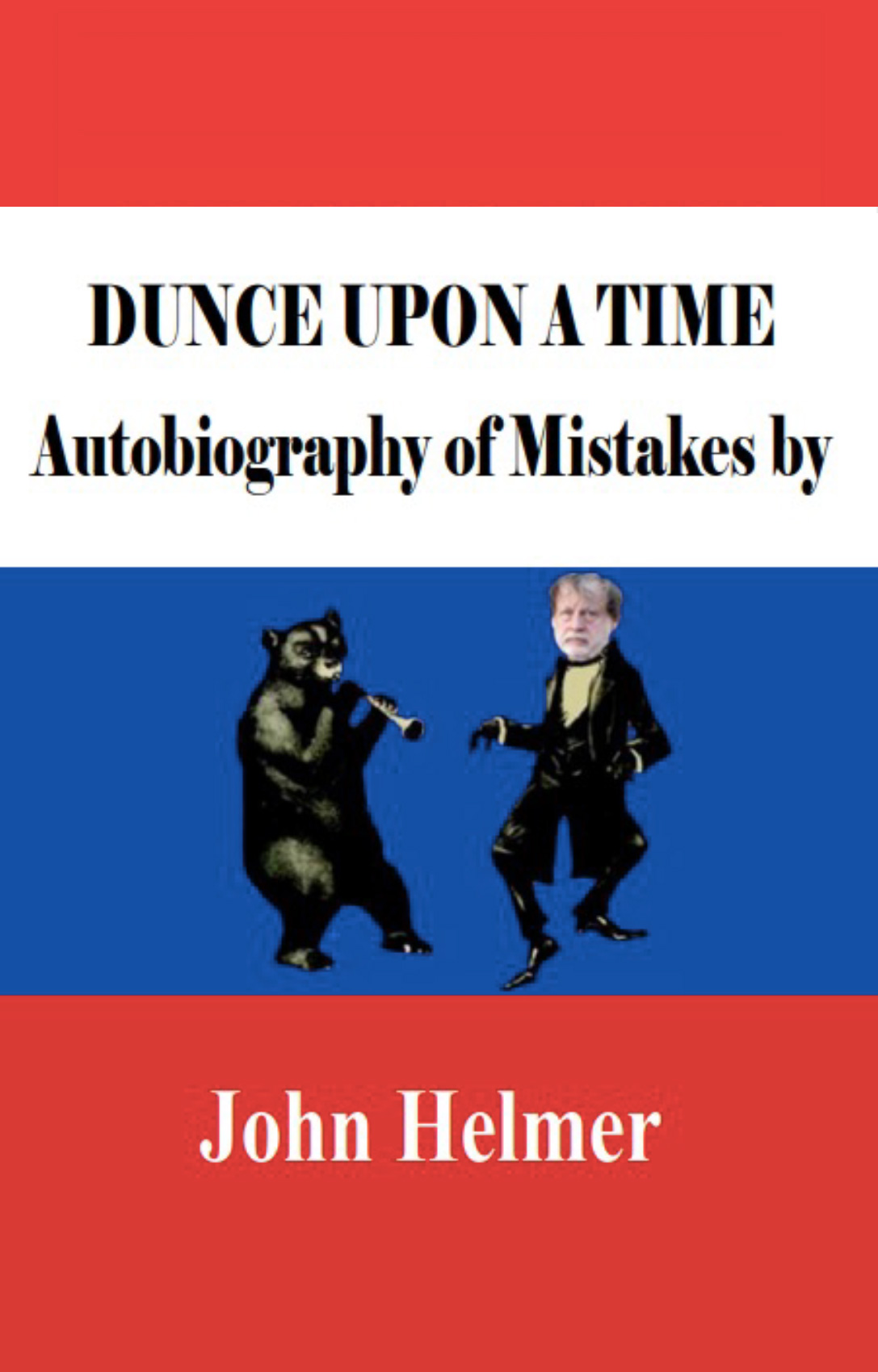
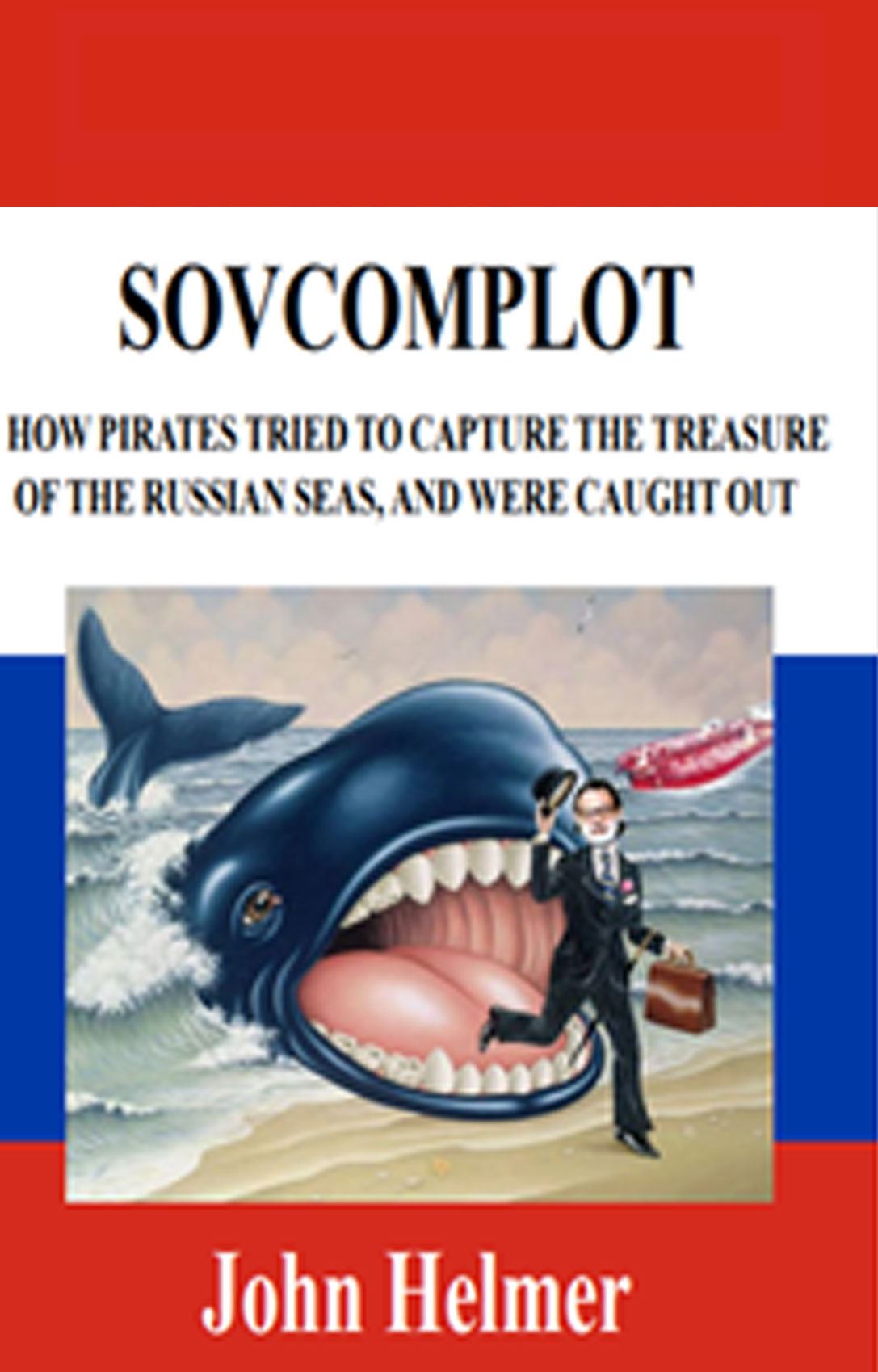
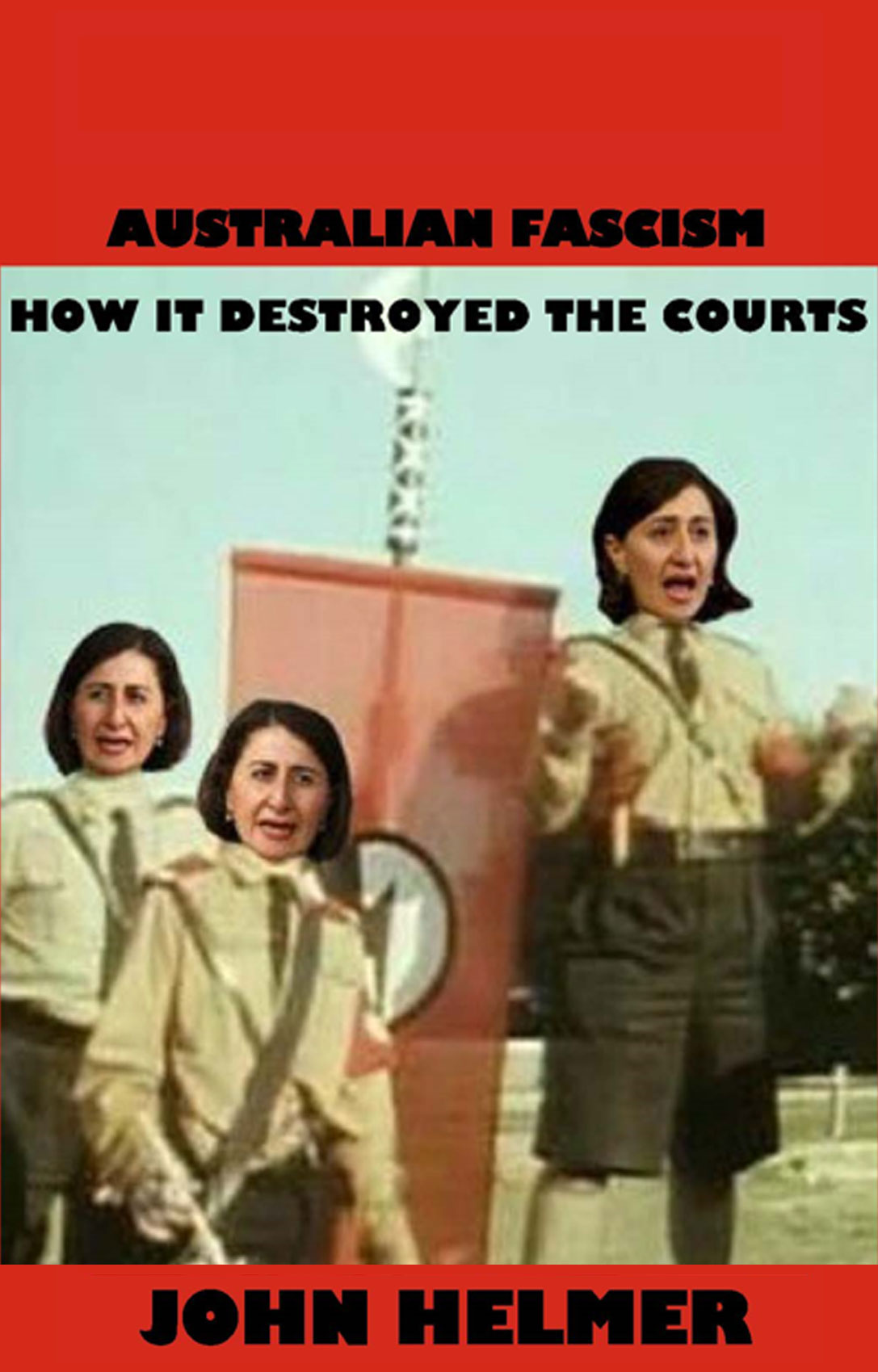

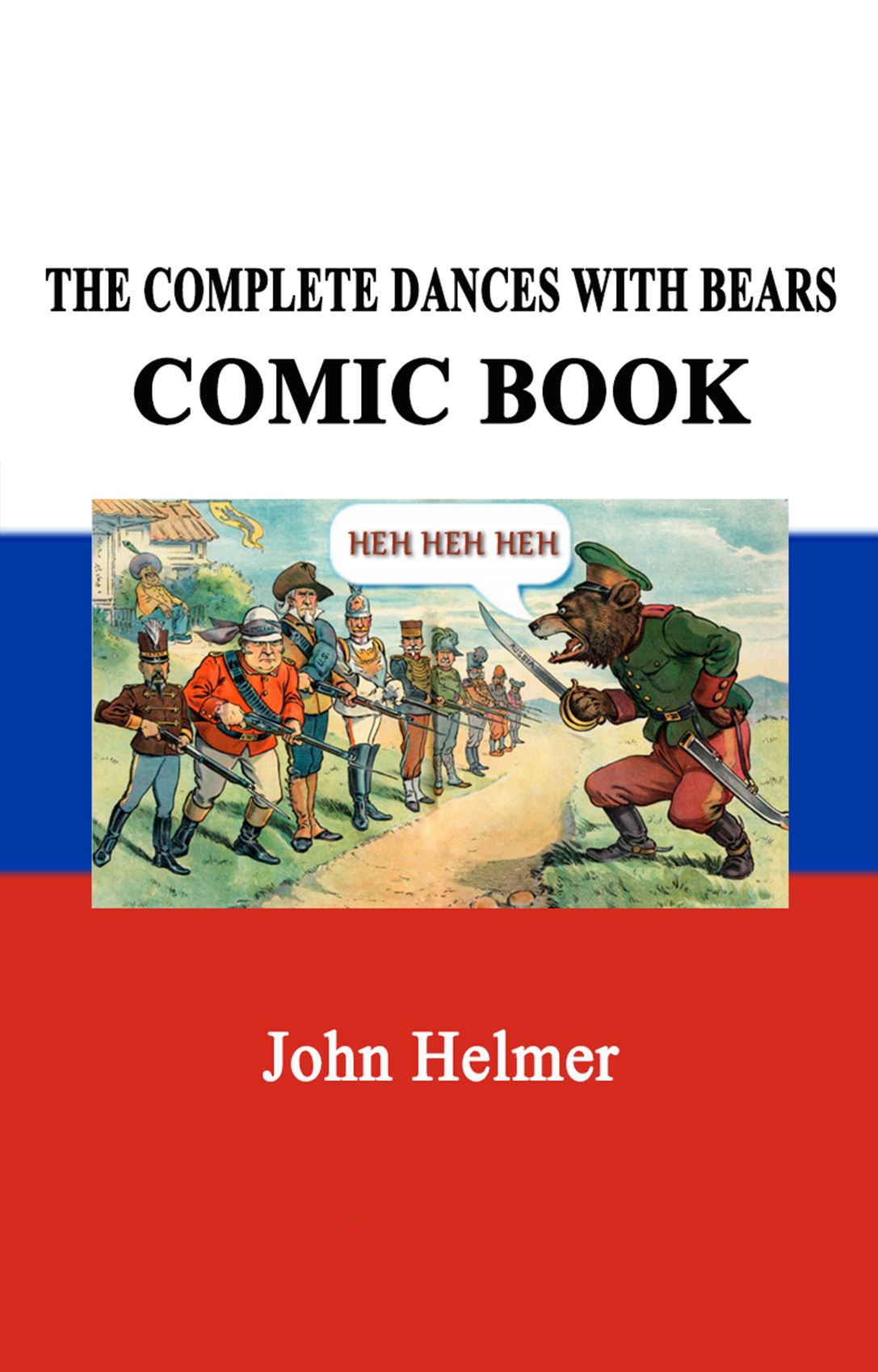
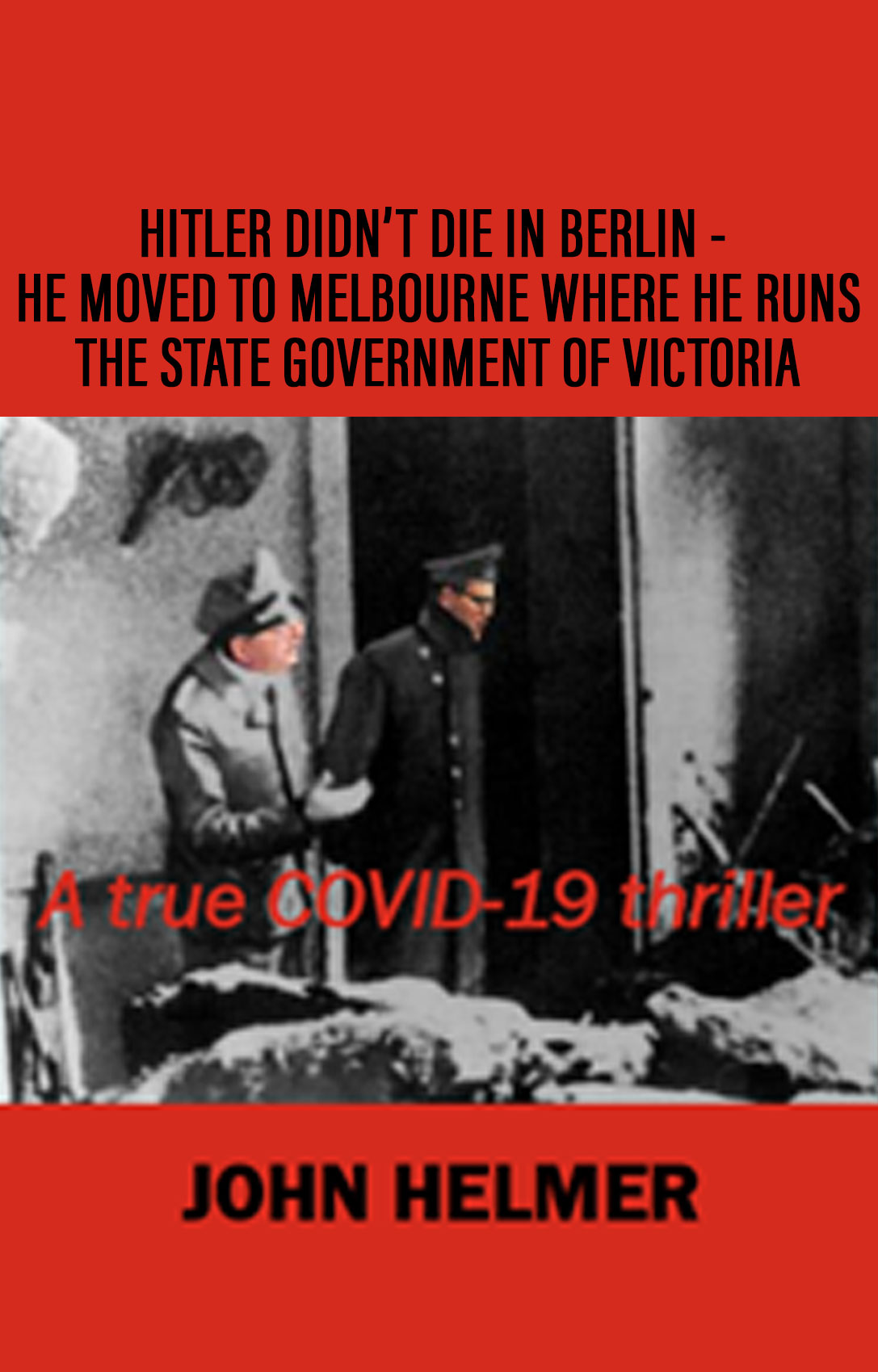
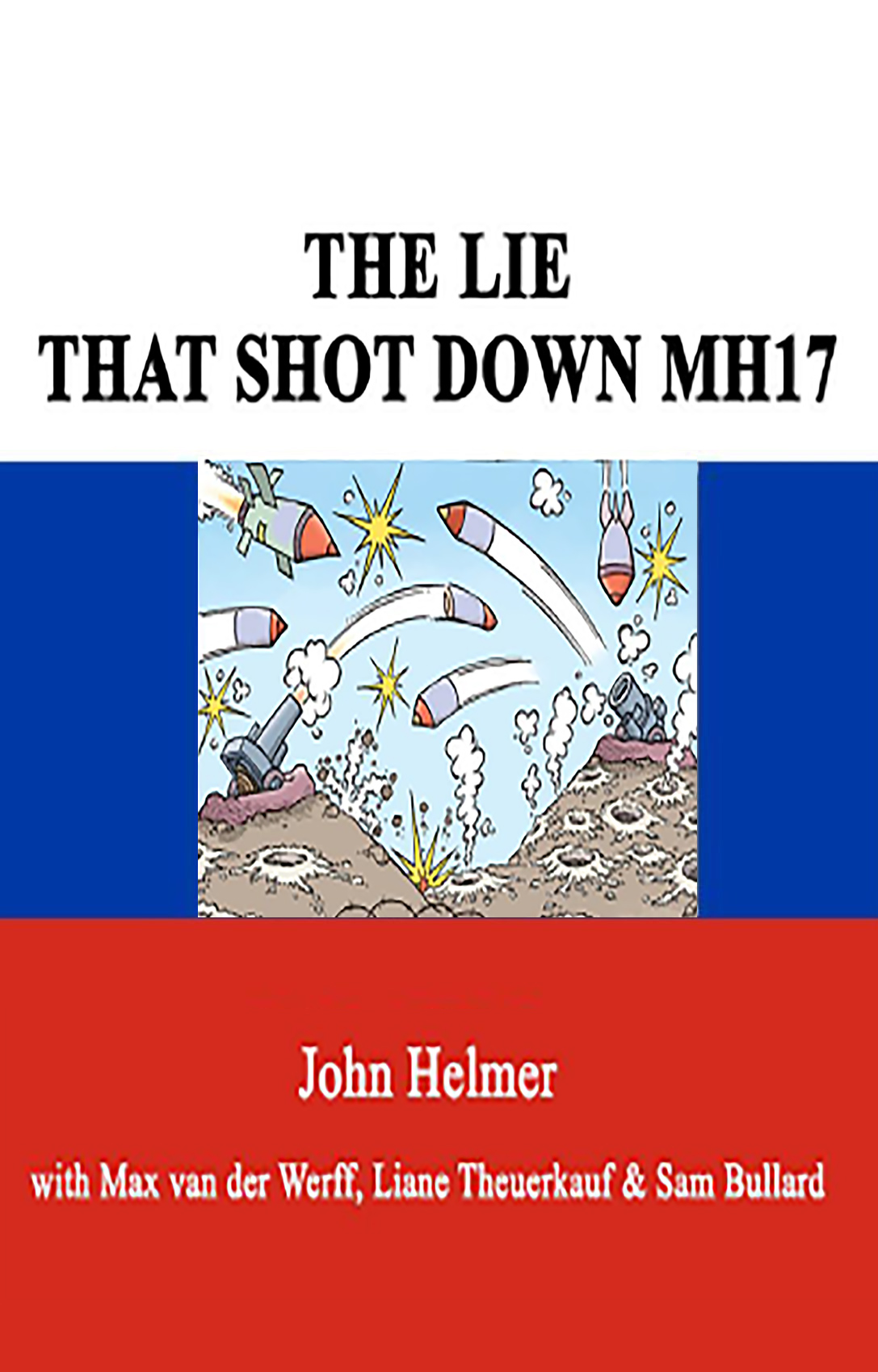
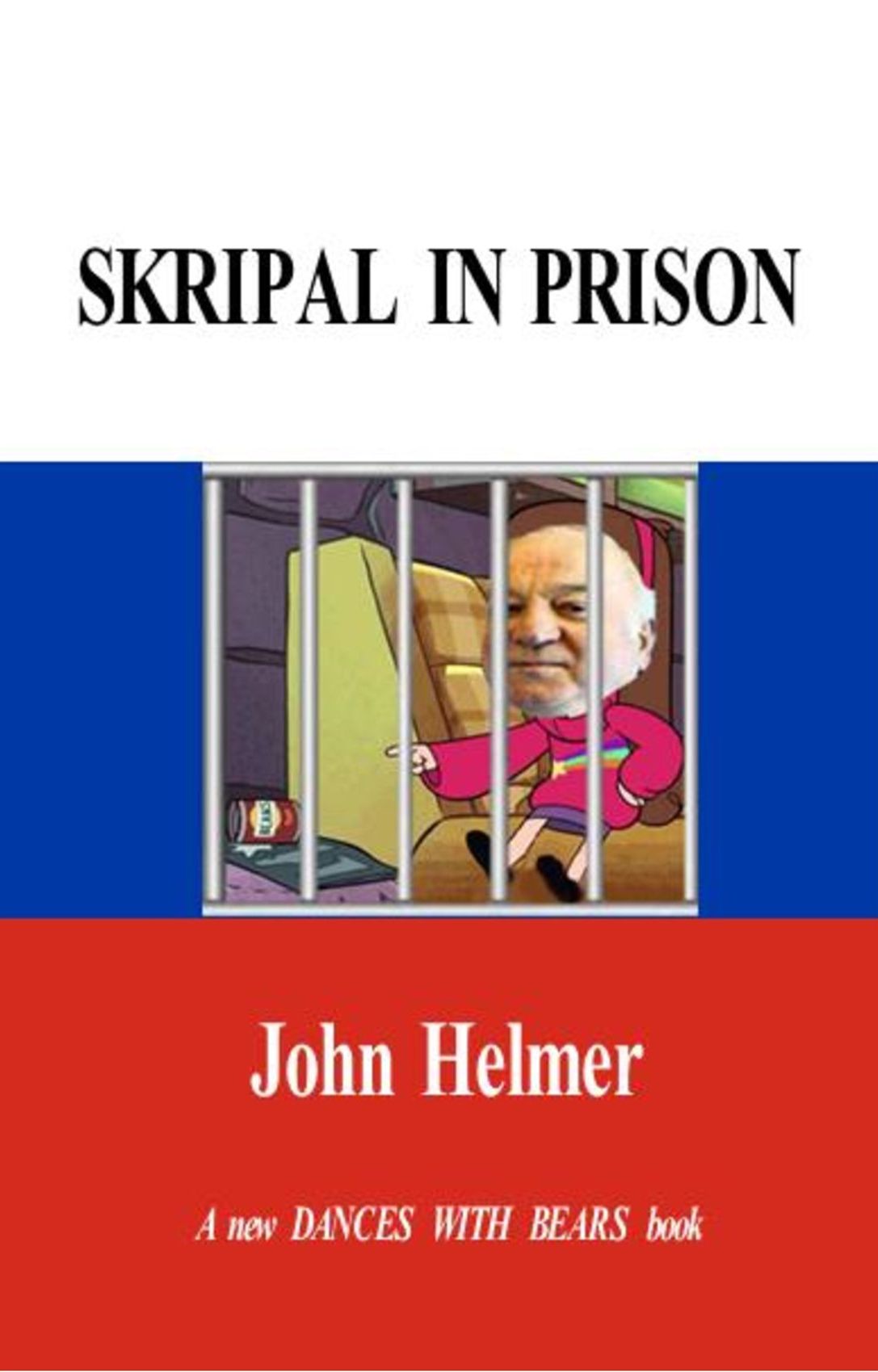
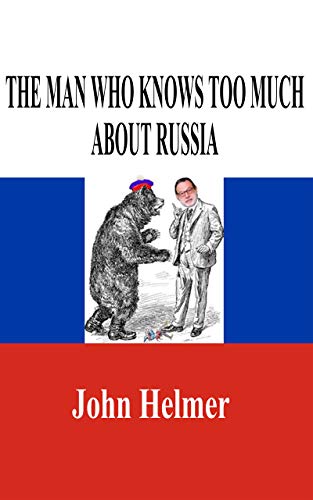
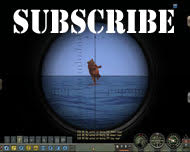
Leave a Reply